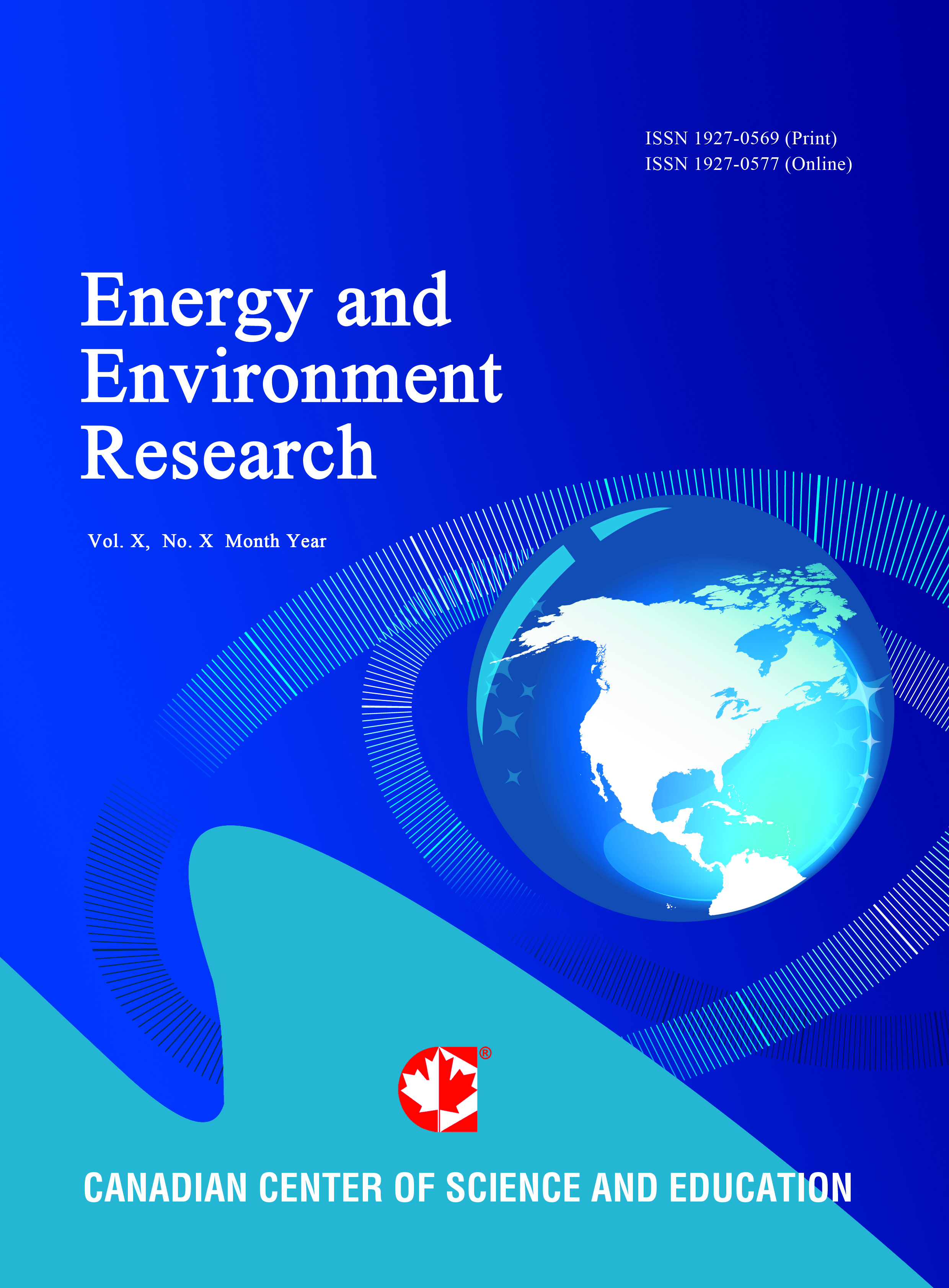Oil Extraction From Oil Sludge and TPH Elimination of Solids/Water by Ozonation
- Misri Gozan
Abstract
About 1.1 million barrels of oil sludge are generated yearly in Indonesia by many oil and refinery industrial activities. Oil is strongly bound with solid particles in the sludge. Oilin the sludge may range from benzene, phenols to polycyclic aromatic hydrocarbons which are classified as toxic, mutagenic and carcinogenic for human and pollute the environment. Oilextraction is favorable option because of environmental and economical reasons. Oil sludge from an oil fields inSumatra, Indonesia was extracted at low temperature (40–70 °C) resulting in Total Petroleum Hydrocarbon (TPH) around 1–2%. After addition of 10,000 ppm REKLIN G04 surfactant, TPH extraction was improved to 9%. After decantation, effluent water containing ± 15,000 ppm TPH was ozonated for 60 minutes resulting in TPH reduction to ± 5 ppm. After ozonation, TPH of discharge solids was only 7–40 ppm. Fingerprint by gas chromatography showed removal of light fraction of oil after ozonation.
- Full Text:
 PDF
PDF
- DOI:10.5539/eer.v4n2p22
Journal Metrics
(The data was calculated based on Google Scholar Citations)
h-index (July 2022): 19
i10-index (July 2022): 53
h5-index (July 2022): N/A
h5-median(July 2022): N/A
Index
- BASE (Bielefeld Academic Search Engine)
- CiteFactor
- CNKI Scholar
- Elektronische Zeitschriftenbibliothek (EZB)
- Excellence in Research for Australia (ERA)
- Genamics JournalSeek
- Google Scholar
- NewJour
- Norwegian Centre for Research Data (NSD)
- PKP Open Archives Harvester
- Publons
- ROAD
- SHERPA/RoMEO
- Standard Periodical Directory
- Ulrich's
- Universe Digital Library
- WorldCat
Contact
- Lesley LuoEditorial Assistant
- eer@ccsenet.org
